Top 10 Discoveries by Mars Rovers Spirit & Opportunity: A Scientist's View
Dust Devils, Ancient Habitable Environments & More
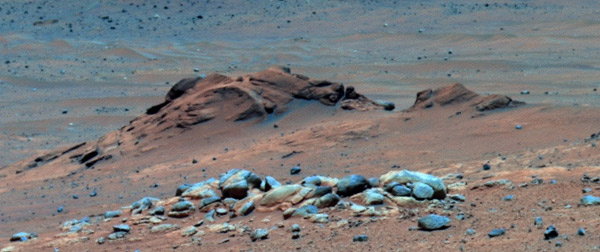
NASA's Spirit and Opportunity rovers are exploration legends. The two solar-powered robots landed a few weeks apart in January 2004, then embarked on 90-day missions to search for signs of past water activity on the Red Planet. Both rovers far outlasted their warranties; Spirit was declared dead in 2011, and Opportunity kept rolling until a monster dust storm cut off its sunlight in June 2018. And they both made big discoveries that have fundamentally reshaped scientists' understanding of Mars and its environmental history.
Rover deputy principal investigator Ray Arvidson, of Washington University in St. Louis, submitted a Spirit and Opportunity Top 10 list to Space.com to mark the mission's 10 years of Mars exploration in 2014. To be clear, these are Arvidson's personal opinions, not a consensus of the mission team.
Atmospheric Dynamics
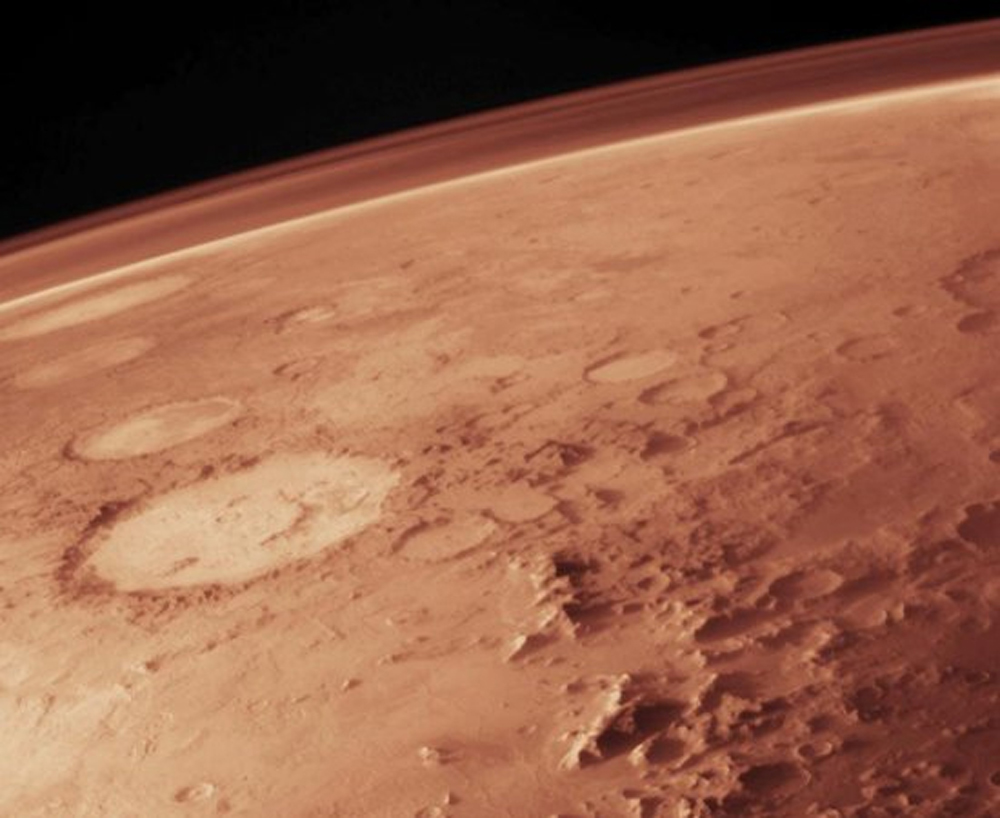
Spirit and Opportunity: Using argon as a tracer of atmospheric dynamics. Both rovers employed their APXS instrument to measure the atmosphere of Mars and detect argon.
Martian Dust Devils
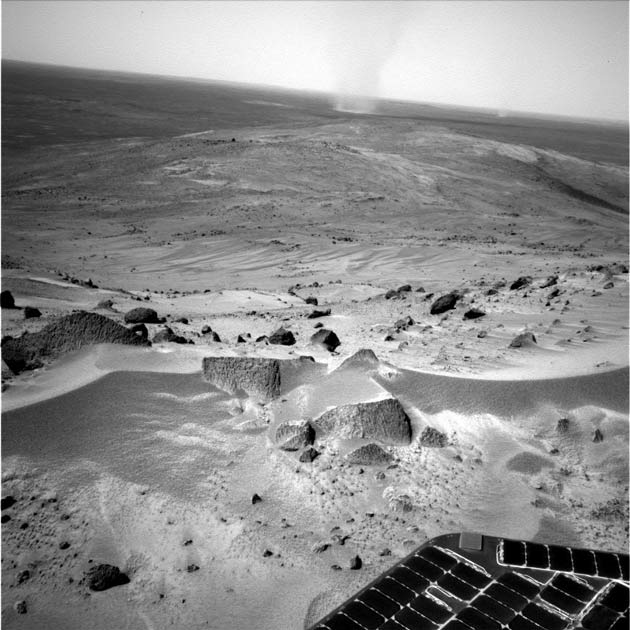
Spirit and Opportunity: Dust devil frequency and dynamics, showing how dust and sand are moved by wind in Mars' very thin atmosphere. [VIDEO: See a Mars Dust Devil from Space]
Modern Water or Frost
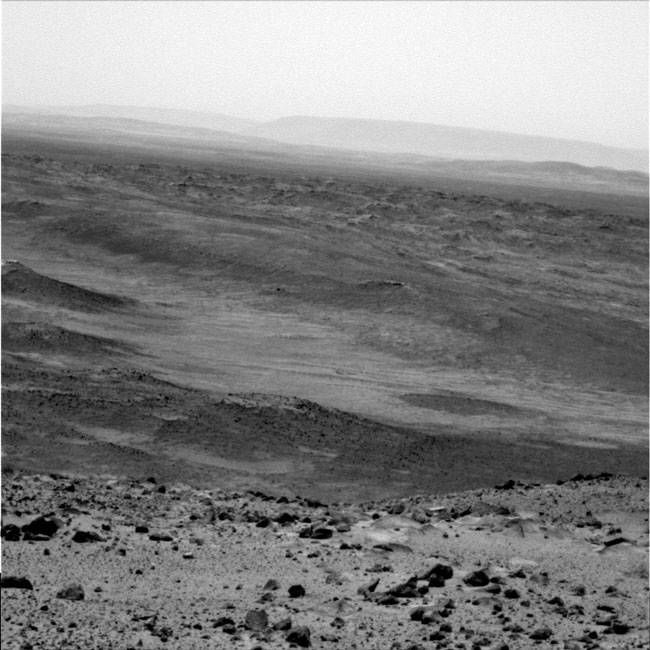
Spirit: Complex coatings on olivine basalts; Gusev Crater plains showing modern water on Mars, or possibly frost, has altered rock surfaces. [Photos: The Search for Water on Mars]
Modern Waters, Part 2
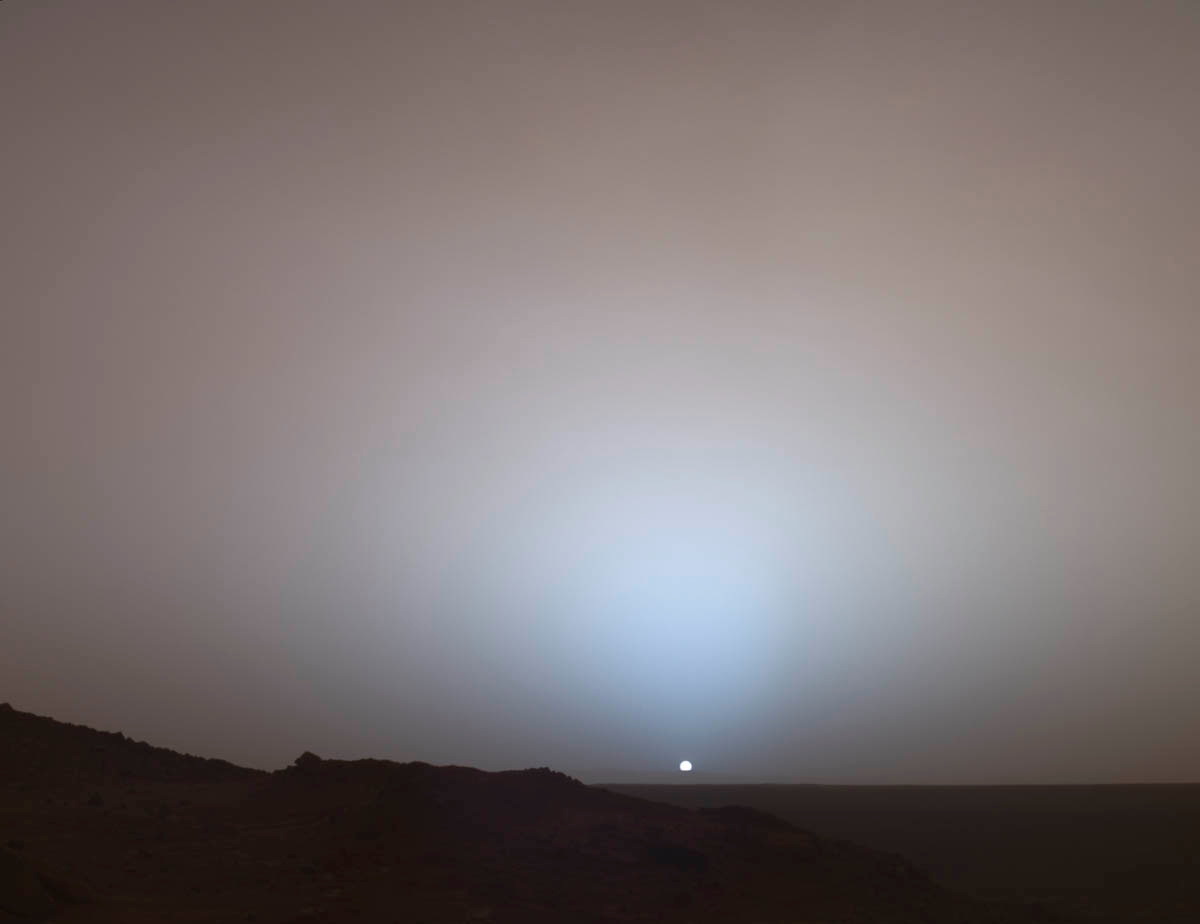
Spirit: Ferric sulfates were moved down the soil column by modern waters at Troy, Husband Hill, Gusev Crater. [Related: Trapped Mars Rover Finds Signs of Buried Martian Water in Recent Past]
Water Interacting with Hot Rock

Spirit: Iron-magnesium carbonates at the Comanche outcrop, Husband Hill, Gusev Crater, showing that water interacted with magma.
An Ancient Hydrothermal System
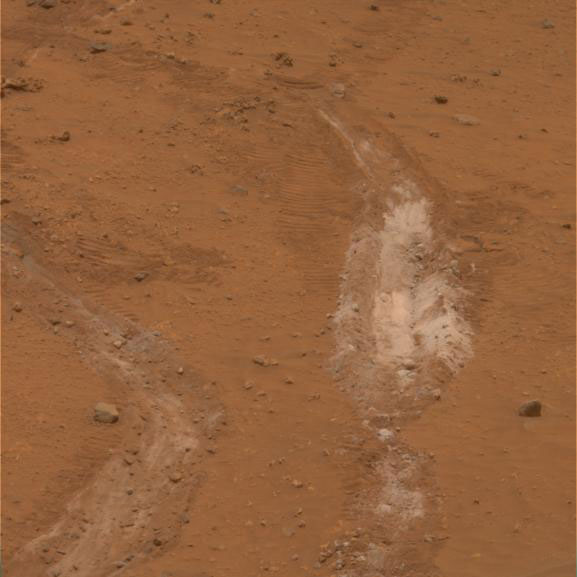
Spirit: Opaline silica at Home Plate, Gusev Crater, formed in volcanic fumaroles and/or hydrothermal vents. Again, showing that water was interacting with magma. [Related: Habitable Hotspots on Mars? Volcano Vents May Be Signs]
Wind-Blown Ripples
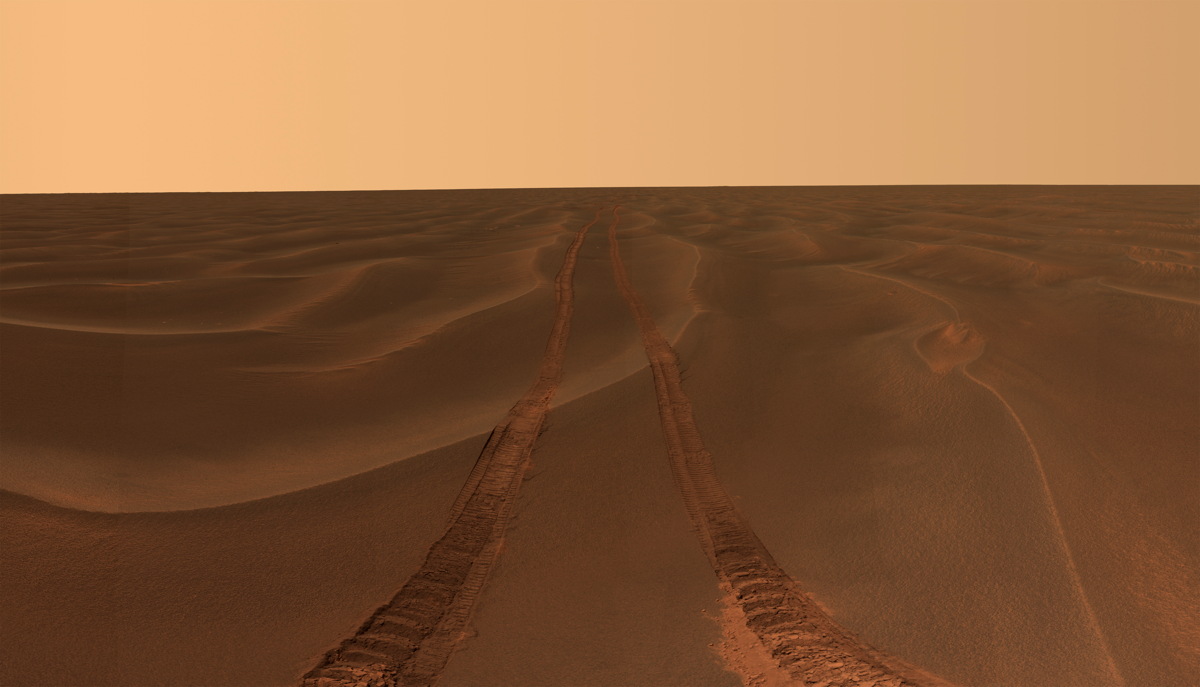
Opportunity: Wind-blown ripples on the Meridiani plains are relict from previous wind regime, probably when Mars' spin axis tilt was different than today’s value.
Mars Meteorites
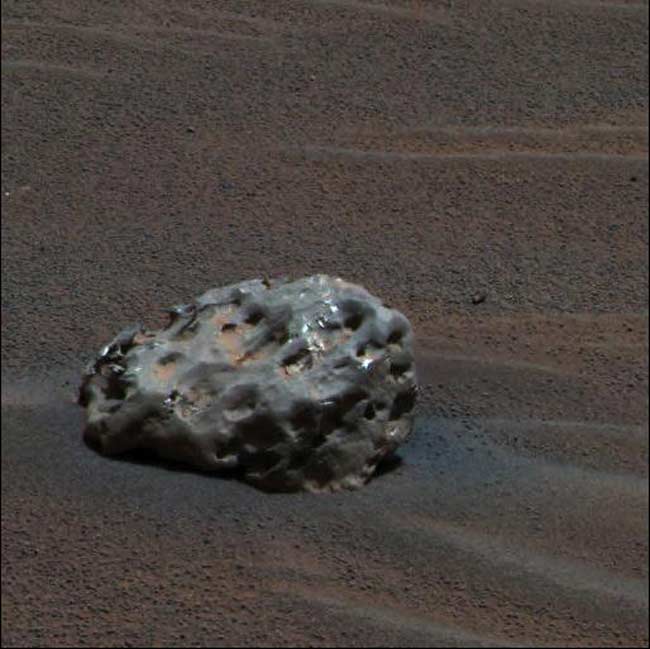
Opportunity: The rover has found several meteorites on Mars dispersed across Meridiani plains. [Photos: Meteorites from Mars]
A Habitable Environment Long Ago
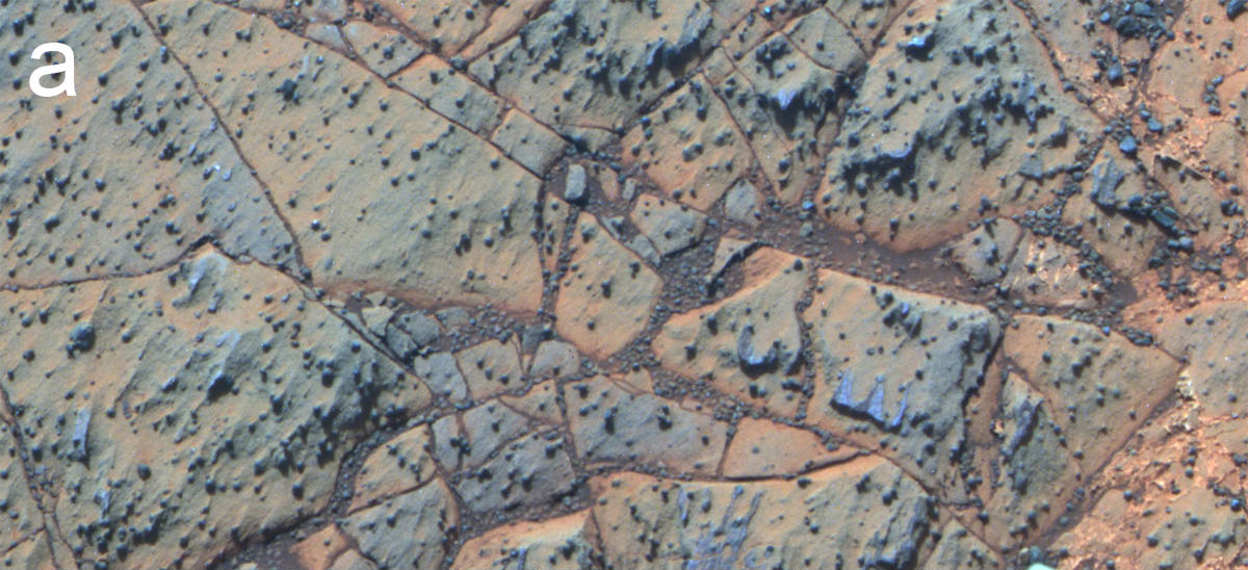
Opportunity: The rover has found evidence that ancient Mars may have been habitable for millions of years. At the rim of Endeavour Crater, Cape York; the rover discovered ferric and aluminous smectite clays in finely layered Matijevic formation rocks that pre-exist the Endeavour impact event. Alteration in moderately acidic and reducing waters, perhaps mildly oxidizing for ferric smectites. These are the oldest rocks examined by Opportunity (roughly 4 billion years old), and they were exposed to waters much more habitable than the waters that led to the Burns formation. [Video: Mars Could Have Supported Life, NASA Finds]
Ancient Acidic Lakes
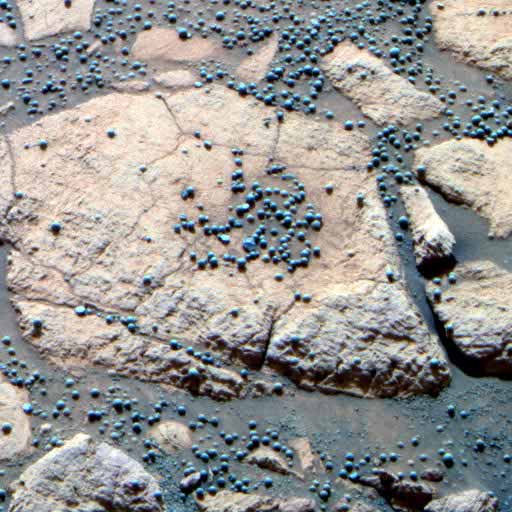
Opportunity: The Meridiani plains' Burns formation as sulfate-rich sandstones with hematitic concretions formed in ancient acidic and oxidizing shallow lakes and reworked into sand dunes and cemented by rising groundwaters.
- Latest News About Mars Rovers Opportunity and Spirit
- Latest Mars Rover Photos from Spirit and Opportunity
- How NASA's Mars Rovers Spirit and Opportunity Work (Infographic)
- Rover Tracks on Mars | SPACE.com Video Show
- 10 Amazing Mars Discoveries by Spirit & Opportunity
- Mars Rover's '90 Day Mission' Now In 10th Year | Video
- Occupy Mars: History of Robotic Red Planet Missions (Infographic)
- Mars Explored: Landers and Rovers Since 1971 (Infographic)
Join our Space Forums to keep talking space on the latest missions, night sky and more! And if you have a news tip, correction or comment, let us know at: community@space.com.
Get the Space.com Newsletter
Breaking space news, the latest updates on rocket launches, skywatching events and more!

Space.com is the premier source of space exploration, innovation and astronomy news, chronicling (and celebrating) humanity's ongoing expansion across the final frontier. Originally founded in 1999, Space.com is, and always has been, the passion of writers and editors who are space fans and also trained journalists. Our current news team consists of Editor-in-Chief Tariq Malik; Editor Hanneke Weitering, Senior Space Writer Mike Wall; Senior Writer Meghan Bartels; Senior Writer Chelsea Gohd, Senior Writer Tereza Pultarova and Staff Writer Alexander Cox, focusing on e-commerce. Senior Producer Steve Spaleta oversees our space videos, with Diana Whitcroft as our Social Media Editor.
